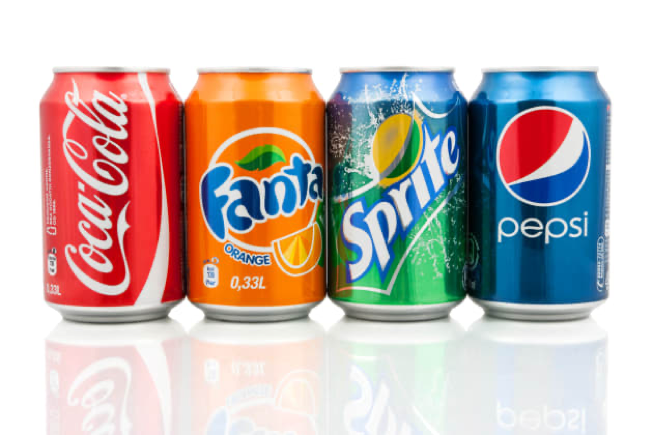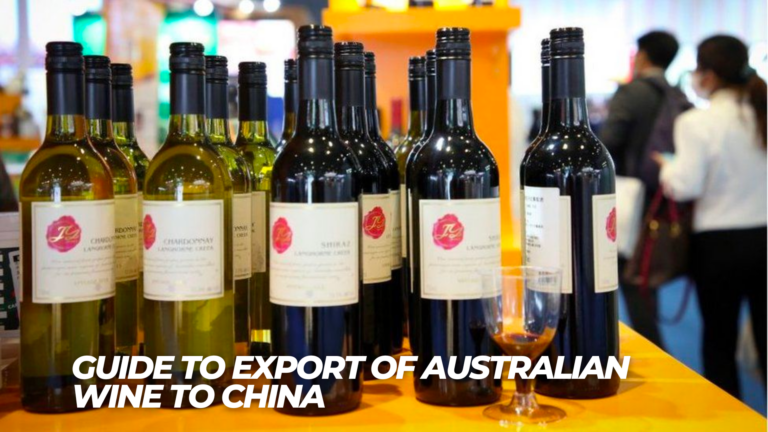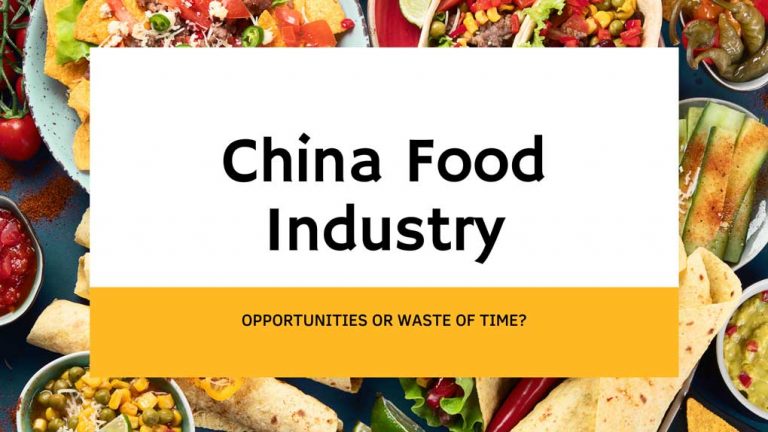China’s Coffee Revolution: 24x Amplified
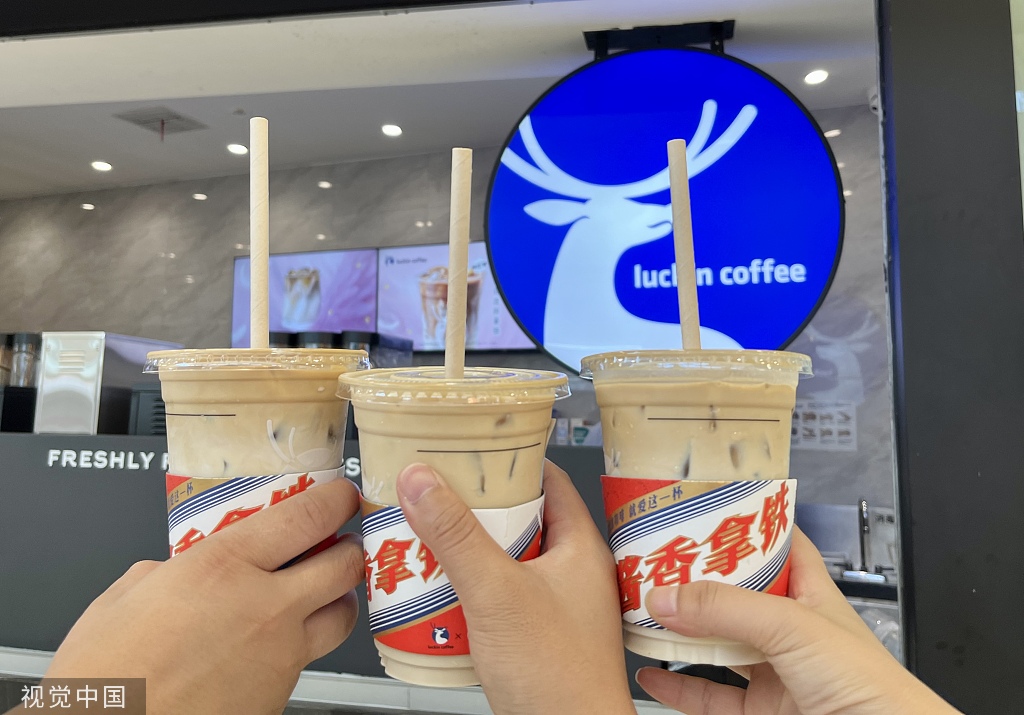
15 amazing Trends about the Chinese Coffee market
- Luxury *: Brands invests in Colab, marketing operation with Coffee.
- Market Evolution: China’s coffee market grew 24x from 2008-2021.
- Policy Influence: China’s macro policy drives coffee industry surges.
- Unique Growth: China’s growth model contrasts Japan’s stable rise.
- Investment Impact: “Coffee money” investment may drive growth till 2023.
- Starbucks Ambition: Targets 9,000 stores in China by 2025.
- Rapid Expansion: In 2017, Starbucks opened a store every 15 minutes in China.
- Market Dynamics: Coffee consumption in China increased over 1,000% in 14 years.
- Rising Trend: Coffee’s popularity in China surged from a shaky start in the 1980s.
- Coffee Market Value: Predicted CAGR of 22% to hit RMB 219 billion by 2025.
- Market Segments: Instant coffee dominates with over 50% market share.
- Key Players: Starbucks and Luckin Café compete fiercely in the fresh ground coffee segment.
- Luckin’s Rise: Surpasses Starbucks with 10,000 stores in six years.
- Strategic Position: Luckin’s flagship store opened in its headquarters city, Xiamen.
- International Aspirations: Luckin aims for global expansion, starting with Southeast Asia.
From 2008 to 2021, the market volume saw a 24-fold increase, compared to a mere 1.5 times growth from 1980 to 2007.
Cost-Effective Agency
KPI and Results focused. We are the most visible Marketing Agency for China. Not because of huge spending but because of our SMART Strategies. Let us help you with: E-Commerce, Search Engine Optimization, Advertising, Weibo, WeChat, WeChat Store & PR.
Brewing Big: China’s 24x Coffee Explosion!
China’s coffee sector exhibited a distinct evolution from 2008 to 2022, largely fueled by China’s strategic macro policies and investments. Specifically, between 2009-2010, in response to the Global Financial Crisis, China’s proactive policies propelled the coffee industry, with growth surging by 95% in 2009 and a staggering 234% in 2010. However, the succeeding years witnessed a downturn, with two years of decline. Come 2013, another wave of stimulus led to a 48% growth, and 33% the following year. Yet, the subsequent “mass entrepreneurship and mass innovation” policy saw diminishing effects, with growth slowing to 17% in 2016 and plummeting to less than 1% annually from 2017 to 2019.
Starbucks in China: 9000 shops
Starbucks has set an ambitious target to open over 9,000 outlets in China by the close of 2025. Back in 2017, Starbucks was inaugurating a new store in China approximately every 15 minutes to meet the burgeoning demand. Starbucks noted a staggering 92% revenue surge in China in 2019. Yunnan was responsible for producing 60% of China’s coffee in 2020.
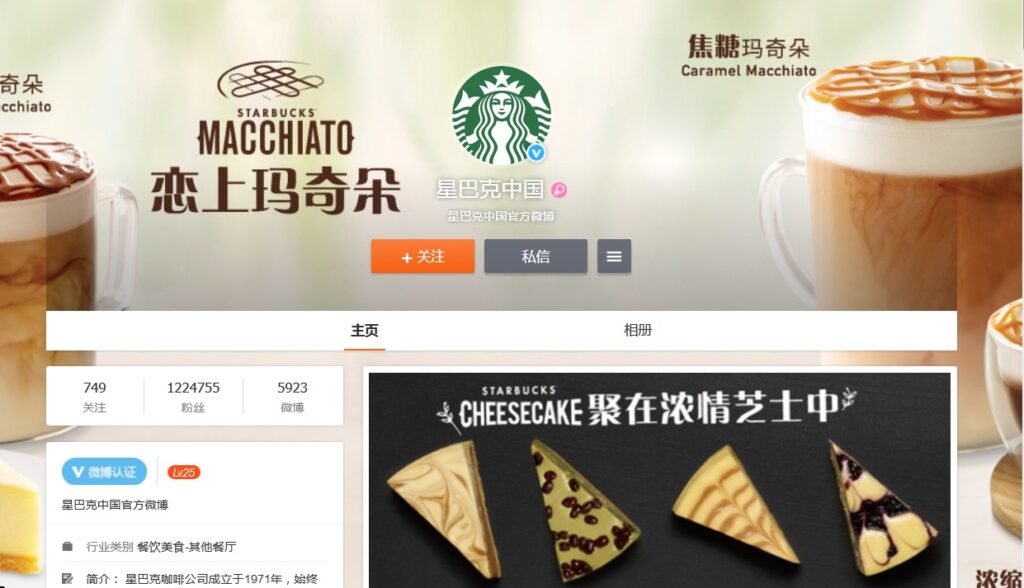
Instant coffee remains popular, accounting for 63% of the Chinese coffee market. On average, residents of mainland China consume a modest 6.2 cups of coffee annually. In 2018, Nestle was the dominant player in China’s ready-to-drink coffee market, capturing 68.3% of sales. The freshly brewed coffee sector in China saw a 37% annual growth in 2018. Chinese coffee consumption is witnessing a 30% annual growth. Over the past 14 years, China’s coffee intake has soared by an impressive 1,000%. When coffee was first introduced in China in the 1980s, it had a subdued reception. Fast forward three decades, the tables have turned: despite modest per capita consumption, coffee sales in China have surged in recent times. The beverage is poised to be a Chinese favorite.
The Real Coffee Champion = Luckin Coffee
the competitive landscape within the Chinese coffee market, Luckin Coffee exhibits robust strategic positioning. Recently marking the inauguration of its 10,000th outlet, Luckin not only asserts dominance in its home market but also delineates its growth trajectory vis-a-vis global stalwart, Starbucks.
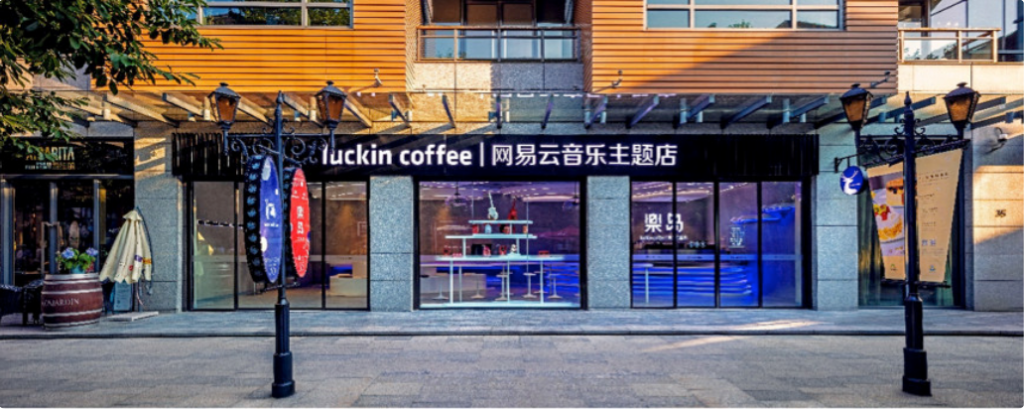
During Q1, Luckin demonstrated an aggressive growth strategy by launching 1,137 stores, considerably outpacing Starbucks’ 153 new locations, thereby extending its lead by over 3,700 outlets. This aggressive retail expansion underscores the brand’s commitment to capturing a significant share of the projected 1 trillion yuan (equivalent to US$140 billion) Chinese coffee market by 2025.
Strategically positioned in Xiamen, Luckin’s hometown, their 10,000th outlet isn’t merely a store; it’s a flagship establishment spanning 600 square meters over two floors, further solidifying its market presence.
Reflecting on the firm’s history, its resilience is evident. Despite facing headwinds, including a delisting from the Nasdaq due to a corporate scandal, Luckin Coffee’s achievement of the 10,000-store benchmark within a mere six-year span is commendable. Surpassing Starbucks’ store count in China as early as 2021 speaks volumes of its agile growth strategy.
Furthermore, Luckin’s recent forays into international markets, with a specific focus on the Southeast Asian segment, elucidate its ambitions to become a global contender in the coffee retail industry.
The surging affection for coffee presents ample opportunities for brands to stake their claim.
Tracing the growth of coffee in China: Between 2015 and 2020, the Chinese coffee market nearly doubled in value, soaring from RMB 47 billion (approx. USD 7 billion) in 2015 to RMB 82 billion (around USD 12 billion) in 2020. Given this trajectory, predictions indicate that by 2025, the coffee market could be worth RMB 219 billion (roughly USD 32 billion) with a Compound Annual Growth Rate (CAGR) of 22%.
China is a HUGE coffee market comprises several segments, primarily fresh brewed coffee, ready-to-drink (RTD) coffee, and instant coffee.
The latter holds over half the market share, largely due to its affordability. This has prompted a slew of companies to introduce their instant coffee brands.
Coffee sales have surged in recent times. For instance, in 2012, roast coffee sales were at USD 2.91 billion and instant coffee at USD 1.82 billion. By 2021, these figures rose to USD 9.43 billion and USD 4.79 billion, respectively.
Coffee lifestyle in China : seoagencychina overview
While China’s coffee consumption per capita remains modest compared to Western standards, it is rising. By 2023, the average is projected to hit 10 cups annually. Younger Chinese generations, especially those aged 25-44, are developing a palate for this Western import. The competition in China’s coffee market is fierce, pushing even giants like Nestlé and Starbucks to continually innovate their marketing strategies.
Fendi Coffee

The fresh coffee landscape: Starbucks is often the first brand that comes to mind. As of February 2022, it had 5,400 outlets spread across 200 cities in China, solidifying the country as its second-largest market. By 2025, Starbucks plans to bolster its presence to 9,000 outlets. In contrast, local brand Luckin Café, founded in 2017, has made rapid strides, overtaking Starbucks in outlet count by early 2022.
Crazy last fact about Alcohol Coffee in China
History of Coffee Market in China
Despite this roller-coaster ride, characterized by three significant stimulus phases in under a decade, the Chinese coffee market experienced rapid, albeit inconsistent growth. The results? An expanded, albeit “accidental,” pool of coffee consumers. While most aren’t daily coffee drinkers, they’re familiar with the beverage, paving the way for the emergence of locally-backed entities driven by institutional investors, including VCs and PEs.
2018 ushered in the age of aggressive investment, epitomized by brands like Luckin Coffee. While prior investments largely came from multinational corporations and private entities, 2018 saw 33 distinct coffee investments. By 2021, investments skyrocketed past $1 billion, spurred further by individual investors. This influx of capital led to a 20% growth in 2020.
Historically, no other nation has leaned so heavily on macro policies and aggressive investments to boost coffee consumption as China has. For context, between 1952 to 1972, Japan experienced a stable 20% compound growth annually in its coffee sector, devoid of heavy-handed policies or erratic investments. China’s trajectory, with its ups and downs, starkly contrasts Japan’s consistent rise.
If investors maintain their belief in the effectiveness of “burning money” strategies, given the relatively nascent stage of China’s coffee industry, growth can be anticipated in 2023. The pressing question is: Can this boom in coffee investment convert China’s “accidental” coffee consumers into regulars, making coffee a staple beverage? Only time will tell. It’s noteworthy, however, that no precedent exists globally where a dominant coffee-consuming populace was sculpted solely with capital.
Everything started with Nestle Powder Coffee
old expat in China knows…..

Instant coffee giants: Swiss brand Nestlé pioneered the instant coffee market in China, introducing it in the 1980s. While it enjoyed a dominant position for years, local brands like Yongpu, Saturnbird, and Tasgear have emerged as strong competitors, with Saturnbird even surpassing Nestlé’s sales on TMall in 2019. These local brands target younger consumers, emphasizing health and quality.
From Powder to Bean: China’s 24x Coffee Surge
Novelty in the market: In an ever-evolving market like China, innovation is key. This gave rise to “fruit coffee,” a trend that has been gaining traction since summer 2022, with roughly 700 thousand related posts on the platform Xiaohongshu.


